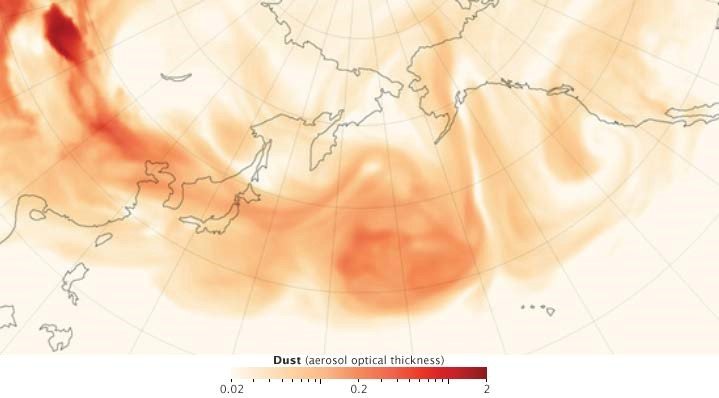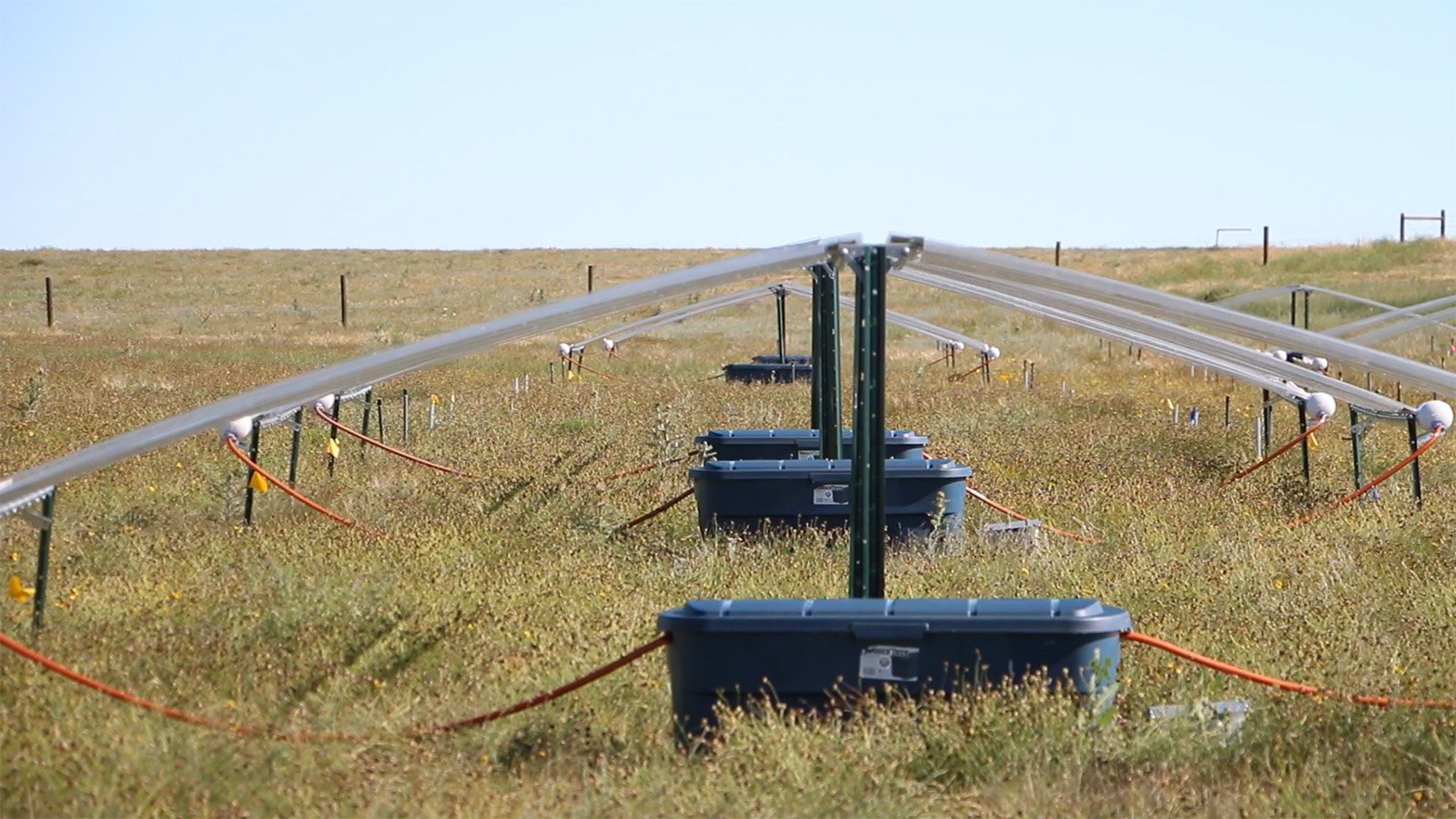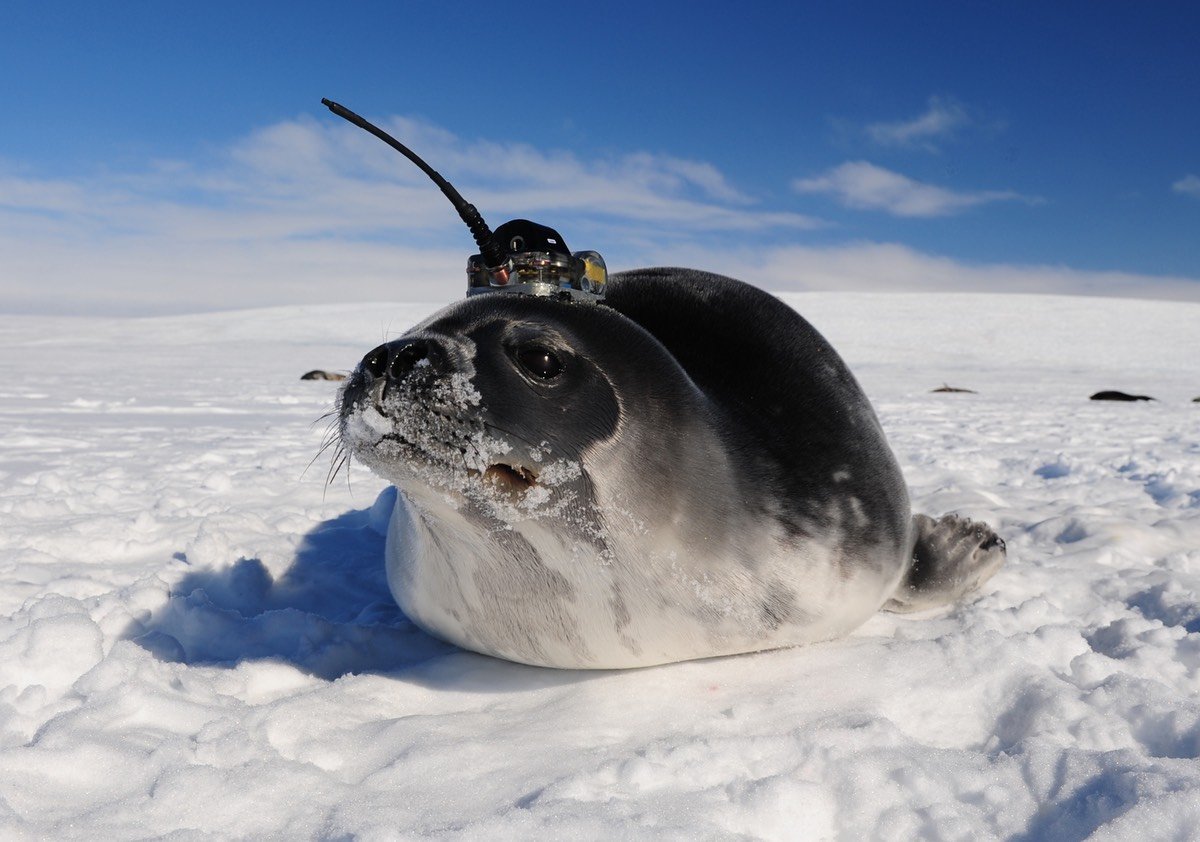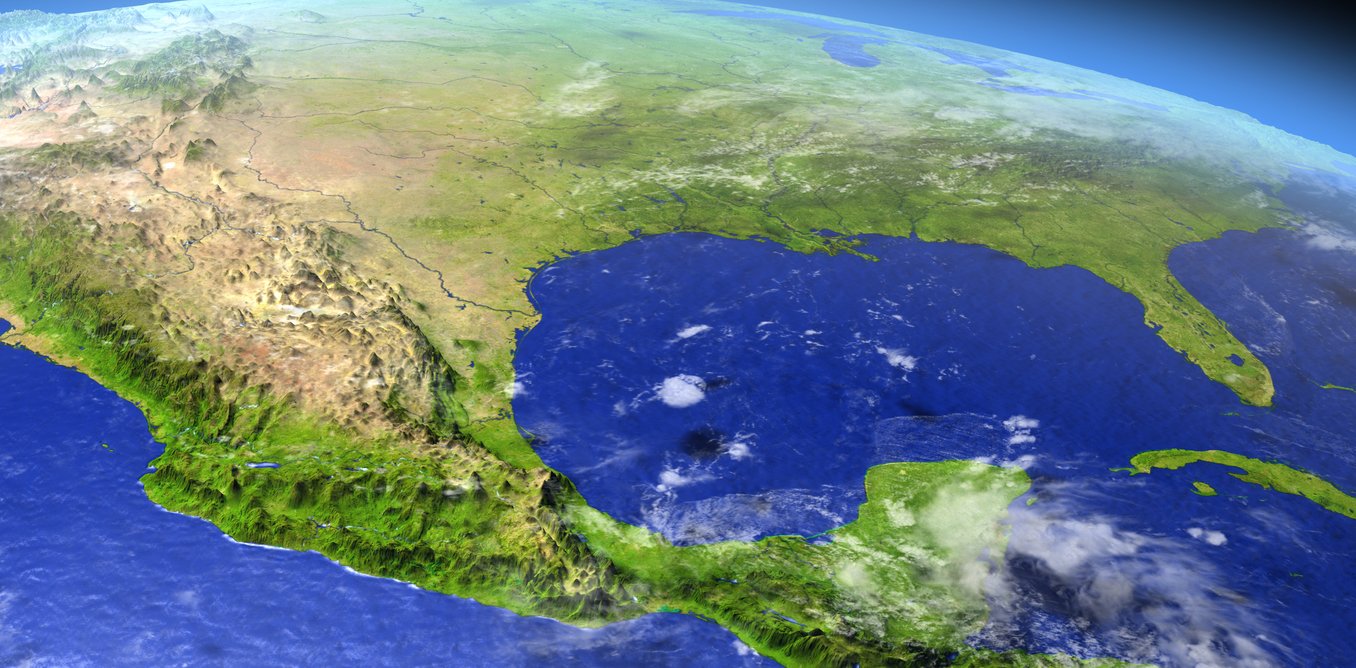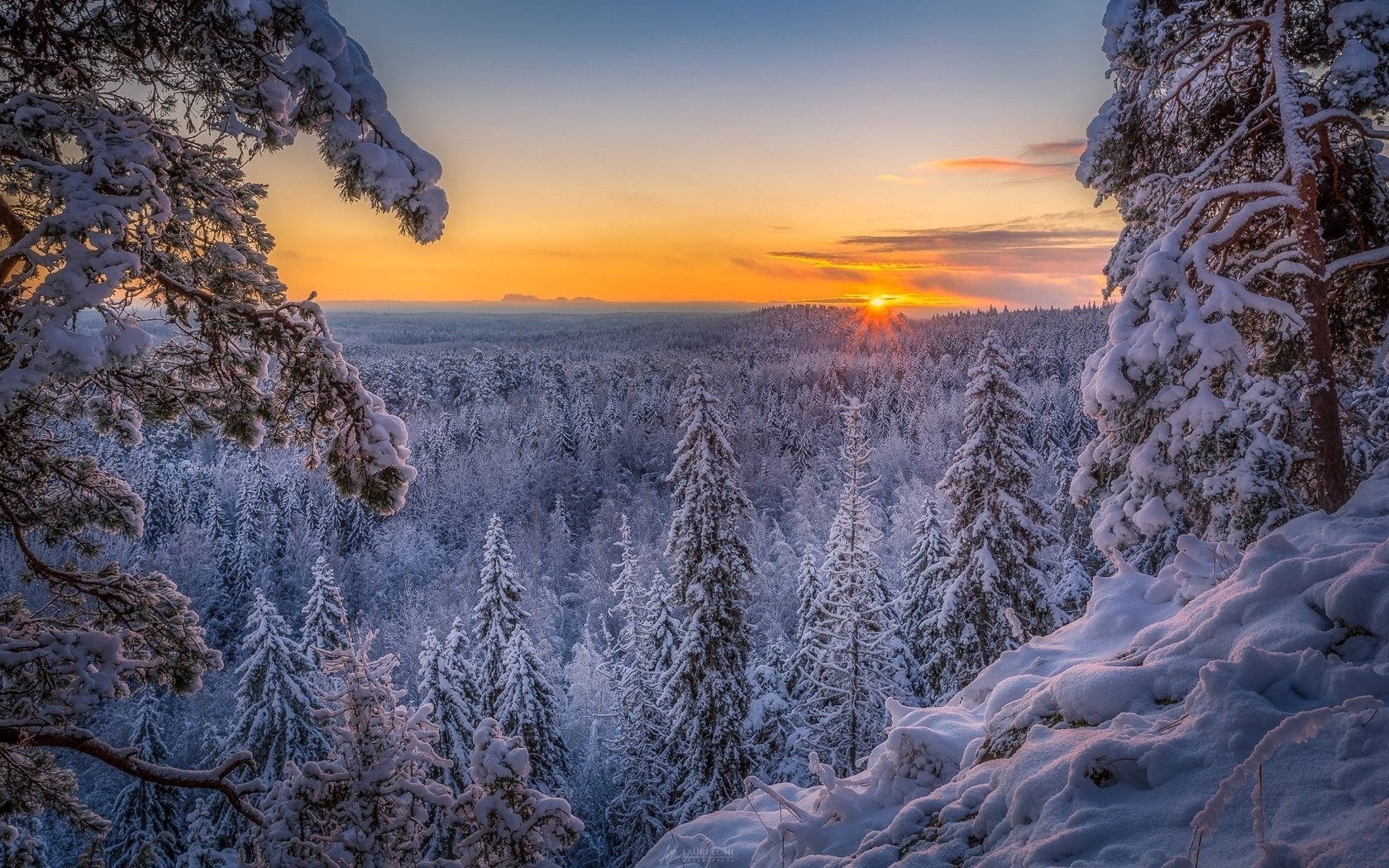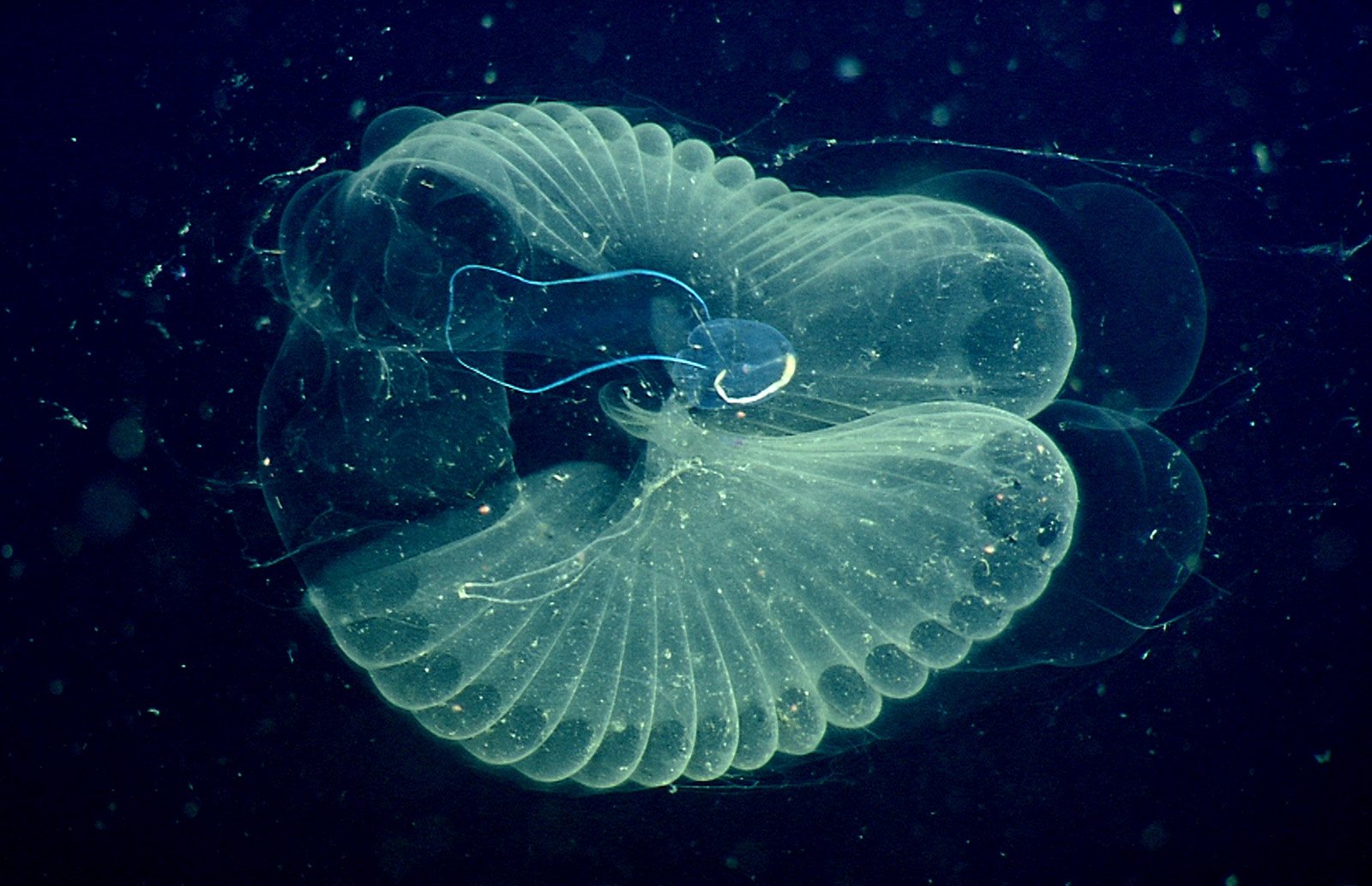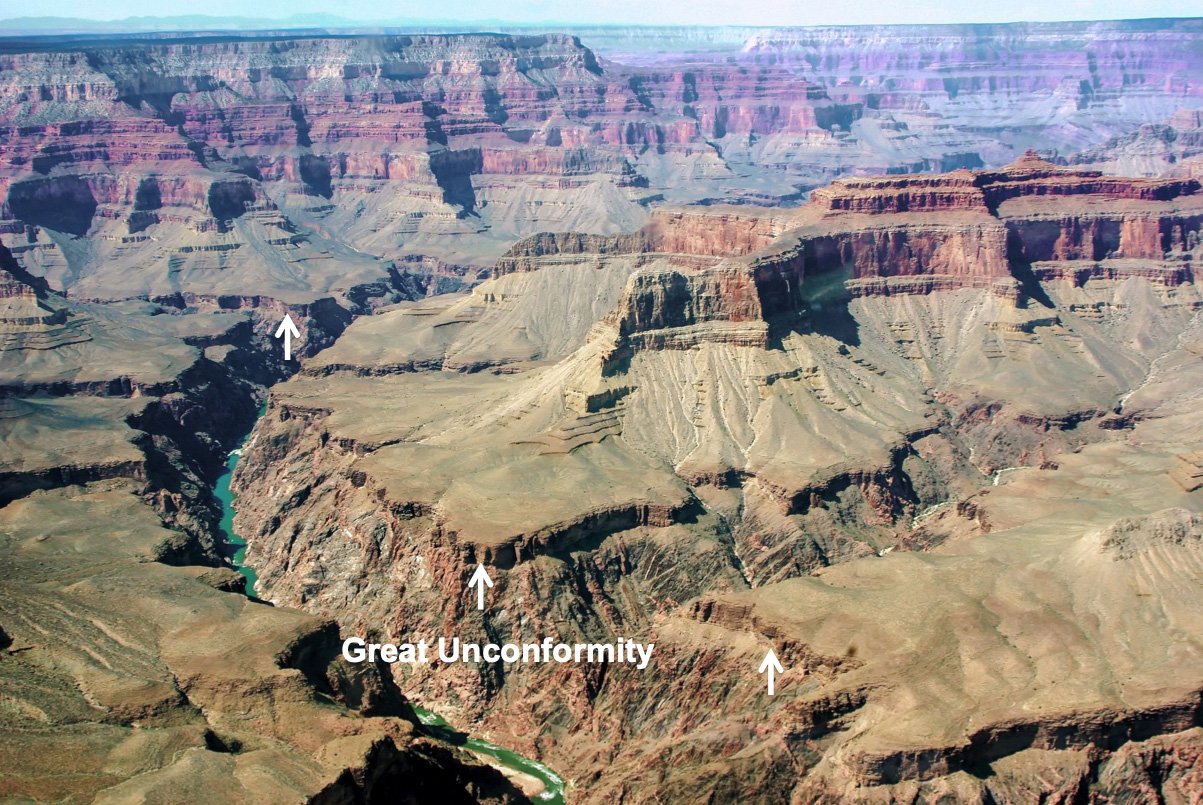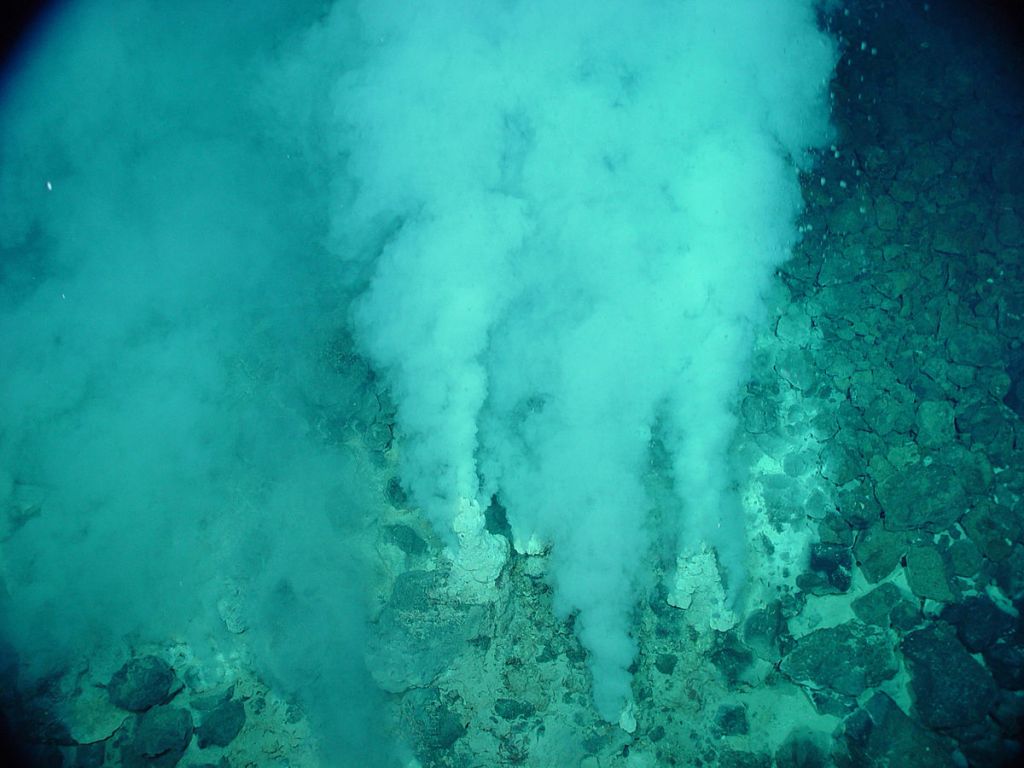Almost 600 plants have already gone extinct – Why should we care?
For the first time ever, scientists at the Royal Botanic Gardens, Kew and Stockholm University, have compiled a global analysis of all plant extinction records documented from across the world. This unique dataset published today in leading journal Nature, Ecology & Evolution, brings together data from fieldwork, literature and herbarium specimens, to show how many … Read more

